1934: The Federal Housing Administration, the Golden Gate Quartet, the Ink Spots, White Allies & Influential Black Americans
The Federal Housing Administration is established, but the new practices are restricted to white Americans only.
These new lending practices increased the number of white Americans who could afford a down payment on a house and monthly debt service payments on a mortgage, thereby also increasing the size of the market for single-family homes.
The FHA calculated appraisal value based on eight criteria and directed its agents (called “appraisers”) to lend more for higher appraised projects, up to a maximum cap.
The two most important were “Relative Economic Stability,” which constituted 40% of appraisal value, and “protection from adverse influences,” which made up another 20%.
In 1935, the FHA provided its appraisers with an Underwriting Manual, which gave the following instruction: “If a neighborhood is to retain stability, it is necessary that properties shall continue to be occupied by the same social and racial classes. A change in social or racial occupancy generally leads to instability and a reduction of values.”
Appraisers were then told to give higher property and zoning ratings where “protection against some adverse influences is obtained,” and defined adverse influences as “infiltration by inharmonious racial or nationality groups.”
Because the FHA's appraisal standards included a whites-only requirement, racial segregation became an official requirement of the federal mortgage insurance program, as the FHA frequently judged any properties in racially mixed neighborhoods or in close proximity to Black neighborhoods as being high-risk.
And to this day, Black families have to remove evidence that the home is owned by Black people for maximum appraisal value.
Federal discrimination lawsuits have been filed and settled in cases around the country.
[My grandparents, the civil rights power couple, served as a test case couple in fair housing cases and filed discrimination suits on behalf of Black families. Together, Helen Lucille Hardy and George Blackall Pettengill, created a publication entitled An Even Break, in which they wrote about their experiences]
The Golden Gate Quartet is a Black American vocal group (click on link to listen to music)
It was formed in 1934 and, with changes in membership, remains active.
The Ink Spots forms as a Black American vocal pop group who gained international fame in the 1930s and 1940s (click on link to listen to music)
January 2, 1934: Activist, suffragist, and community organizer in Rochester, N.Y., and New York City, Hester C. Jeffrey, dies.
She is known for her involvement with the Political Equality Club, the Women's Christian Temperance Union, and the National Association of Colored Women's Clubs.
January 15, 1934: Dancer who created the New Negro Art Theater Dance Group, Hemsley Winfield, dies of pneumonia at age 26.
Controversy around the work resulted from the Met's original request to blacken White dancers' faces rather than use Black dancers, but Tibbett threatened to quit, and the Met relented.
Upon his death, he wrote:
“We're building a foundation that will make people take Black dance seriously.”
Hemsley Winfield was considered “the pioneer in Negro concert dancing.”
In that field, he attained for his race an eminence comparable to that of Paul Robeson in the music field.
Winfield's most influential contribution was his ongoing support of the “new negro,” promoting a rush of Black American talent during this period of time.
Winfield used the Black body in dance and other art forms as raw material in order to show racial configuration within his company to an audience.
Winfield projected this “new negro” in support of the Harlem Renaissance, a movement referring to the artistic and sociocultural awakening among Black Americans during the 1920s and 1930s as a response to the political and economic events resulting from World War I.
In October 1933, one of Winfield's first Forum Recitals was, “What shall the Negro dance about?”
He opened the forum discussion by stating:
All races, no matter what color, had fundamental human feelings and ideas to express in movement.”
The Negro has primitive African material that he should never lose.
The Negro has his work songs of the South which he alone can express.
It's hard for me to say what the Negro should dance about.
What has anyone to dance about?
Critics considered Winfield to be “the initiator and chief exponent of Negro concert dancing in the United States.”
January 21, 1934: Historian who largely defined the field of the social and economic studies of the history of the Antebellum South and slavery in the U.S., Ulrich Bonnell Phillips, dies.
He concluded that plantation slavery produced great wealth, but was a dead end, economically, that left the South bypassed by the industrial revolution underway in the North.
He was not a white ally, as he praised the entrepreneurship of plantation owners and denied they were brutal, so good riddance.
Phillips argued that they provided adequate food, clothing, housing, medical care and training in modern technology—that they formed a “school” which helped “civilize” the slaves.
He admitted the failure was that no one graduated from this school.
[He was a Yale professor where my grandfather, George Blackall Pettengill, the civil rights activist was a legacy kid, graduating in 1947, the year after my mother was born]
January 25, 1934: The Great Smoky Mountains National Park is established.
Statistics collected from the U.S. Forest Service, National Park Service, and Fish and Wildlife Service show that although people of color make up nearly 40 percent of the total U.S. population, close to 70 percent of people who visit national forests, national wildlife refuges, and national parks are white, while Black people remain the most dramatically underrepresented group in these spaces.
“American parks were defined, conceptualized and managed by powerful white elites who were racists and eugenicists, according to NC State's KangJae "Jerry" Lee.”
January 18, 1934: American talk radio show host in Denver, Colorado, white ally and martyr for the cause, Alan Berg, born.
Born to a Jewish family, he had outspoken atheistic and liberal views and a confrontational interview style.
On June 18, 1984, Berg was murdered by members of the white supremacist group The Order, who believed in killing all Jews and sending all Black people to Africa.
Those involved in the killing were part of a group planning to kill prominent Jews such as Berg.
Two of them, David Lane and neo-Nazi Bruce Pierce, were convicted on charges of civil rights violations, although neither was charged with murder.
They were sentenced to 190 years and 252 years in prison, respectively.
January 28, 1934: Former professional baseball player and first baseman, Bill White, born
January 30, 1934: Robert Johnson, a 40 year-old Black man, was lynched in Tampa, Floriduh.
Two days earlier, Mr. Johnson had been wrongfully arrested by the Hillsborough County constable after a white woman reported an assault.
The next day, Tampa law enforcement officers confirmed Mr. Johnson’s innocence and cleared him of any connection to the assault.
However, rather than releasing Mr. Johnson, law enforcement officials turned Mr. Johnson over to an armed white male in the middle of the night who had no legal authority.
This male was the brother of the Hillsborough County constable and falsely claimed to be a “deputy constable.”
A few hours later, he reported a mob lynching of Mr. Johnson, and Mr. Johnson’s body was found shot to death near the Hillsborough River at Sligh Avenue.
A coroner’s jury concluded that no mob members could be identified and also that the constable’s brother was not responsible for the murder.
During this era, it was common for lynch mobs to forcibly kidnap their victims from police custody and also for law enforcement to actively participate in lynchings.
This created a climate of racial terror from which Black people had no protection.
In the end, no one was ever held accountable for lynching Robert Johnson.
The racial terror violence and injustice that occured in this community must never be forgotten.
February 5, 1934: Professional baseball right fielder and designated hitter who played 23 seasons in Major League Baseball (MLB), from 1954 through 1976, Hank Aaron, born
February 7, 1934: Saxophonist who played rhythm and blues, jazz, and rock and roll, King Curtis, born (click on link to listen to music)
February 12, 1934: Professional basketball player who played as a center for the Boston Celtics of the National Basketball Association (NBA) from 1956 to 1969, Bill Russell, born
February 16, 1934: Professional basketball player, coach, and executive, Elgin Baylor, born
February 18, 1934: Writer, womanist, radical feminist, professor, philosopher and civil rights activist, Audre Lorde, born.
She was a self-described “Black, lesbian, feminist, socialist, mother, warrior, poet," who “dedicated both her life and her creative talent to confronting and addressing injustices of racism, sexism, classism, and homophobia.”
As a poet, she is well known for technical mastery and emotional expression, as well as her poems that express anger and outrage at civil and social injustices she observed throughout her life.
As a spoken word artist, her delivery has been called powerful, melodic, and intense by the Poetry Foundation.
Her poems and prose largely deal with issues related to civil rights, feminism, lesbianism, illness and disability, and the exploration of Black female identity.
February 24, 1934: Minister and civil rights leader, William Augustus Jones Jr., born
March 1, 1934: Clinical psychologist, scholar, educator, political activist and humanitarian, Bobby E. Wright, born.
He was President-Elect of the Association of Black Psychologists.
During the mid 1960s, he worked as a truant officer in the Chicago Public School system, and led a successful challenge to racist hiring procedures for Black teachers.
His political work has been credited with helping lay foundations that later enabled the election of Chicago's first Black American mayor, Harold Washington, in 1983.
Two of his scholarly works have been described as highly influential by the 2013 National Conference on African/Black Psychology: The Psychopathic Racial Personality (1974, republished in 1984 and other years as one in a series of essays), and Mentacide: The Ultimate Threat to Black Survival (1979).
His work emphasized the need to recognize psychological racial warfare, and for Africans to define themselves in their terms, while analyzing the psychology of white supremacy not only of its victims, and to develop a durable social theory and associated institutions to change the politics of mental health.
March 16, 1934: Civil rights activist and white ally, Ed Blankenheim, born.
He was one of the original 13 Freedom Riders who rode Greyhound buses in 1961 as part of the Civil Rights Movement, in an effort to desegregate transit systems,
March 16, 1934: Electrical engineer and former college president who served as the first Black American director of the National Science Foundation (NSF), John Brooks Slaughter, born
March 20, 1934: Politician, Willie Brown, born.
A member of the Democratic Party, he served as mayor of San Francisco from 1996 to 2004, the first Black American to hold that office.
March 21, 1934: Actor, director, and educator, Al Freeman Jr., born
March 25, 1934: Pediatrician and public health administrator, Audrey F. Manley, born.
Manley was the first Black American woman appointed as chief resident at Cook County Children's Hospital in Chicago (1962).
Manley was the first to achieve the rank of Assistant Surgeon General (Rear Admiral) in 1988 and later served as the eighth president of Spelman College.
March 25, 1934: Journalist, social-political activist and white ally who emerged as a nationally recognized leader of second-wave feminism in the United States in the late 1960s and early 1970s, Gloria Steinem, born.
In 1969, she published an article, “After Black Power, Women's Liberation” which brought her to national fame as a feminist leader.
As such, she campaigned for the Equal Rights Amendment, testifying before the Senate Judiciary Committee in its favor in 1970.
That same year she published her essay on a utopia of gender equality, “What It Would Be Like If Women Win,” in Time magazine.
On July 10, 1971, Steinem was one of more than three hundred women who founded the National Women's Political Caucus (NWPC), including such notables as Bella Abzug, Betty Friedan, Shirley Chisholm, and Myrlie Evers-Williams.
As a co-convener of the Caucus, she delivered the speech “Address to the Women of America,” stating in part:
This is no simple reform. It really is a revolution. Sex and race because they are easy and visible differences have been the primary ways of organizing human beings into superior and inferior groups and into the cheap labor on which this system still depends. We are talking about a society in which there will be no roles other than those chosen or those earned. We are really talking about humanism.
In 1972, she ran as a delegate for Shirley Chisholm in New York, but lost.
March 27, 1934: Ballet dancer, choreographer, and founder and director of ballet companies, Arthur Mitchell, born.
In 1955, he was the first Black American dancer with the New York City Ballet, where he was promoted to principal dancer the following year and danced in major roles until 1966.
In 1969, he founded a training school and the first Black American classical ballet company, Dance Theatre of Harlem.
April 5, 1934: Jazz tenor saxophonist and record producer, Stanley Turrentine, born (click on link to listen to music)
April 6, 1934: Jazz pianist and composer, Horace Tapscott, born (click on link to listen to music)
He formed the Pan Afrikan Peoples Arkestra (also known as P.A.P.A., or The Ark) in 1961 and led the ensemble through the 1990s.
April 7, 1934: Newspaper editor and real estate businessman based in Boston, Massachusetts, William Monroe Trotter, dies.
An activist for Black American civil rights, he was an early opponent of the accommodationist race policies of Booker T. Washington, and in 1901 founded the Boston Guardian, an independent Black American newspaper he used to express that opposition.
Active in protest movements for civil rights throughout the 1900s and 1910s, he also revealed some of the differences within the Black American community.
He contributed to the formation of the National Association for the Advancement of Colored People (NAACP).
He earned his graduate and post-graduate degrees at Harvard University, and was the first man of color to earn a Phi Beta Kappa key there.
Seeing an increase in segregation in northern facilities, he began to engage in a life of activism, to which he devoted his assets.
He joined with W. E. B. Du Bois in founding the Niagara Movement in 1905, a forerunner of the NAACP.
Trotter's style was often divisive, and he ended up leaving that organization for the National Equal Rights League.
His protest activities were sometimes seen to be at cross purposes to those of the NAACP.
In 1914, he had a highly publicized meeting with President Woodrow Wilson, in which he protested Wilson's introduction of segregation into the federal workplace.
In Boston, Trotter succeeded in shutting down productions of The Clansman in 1910, but he was unsuccessful in 1915 with screenings of the movie The Birth of a Nation, which also portrayed the Ku Klux Klan in favorable terms.
He was not able to influence the peace talks at the end of World War I, and was in later years a marginalized voice of protest.
In 1921, in an alliance with Roman Catholics, he got a revival screening of The Birth of a Nation banned.
He died on his 62nd birthday after a possible suicidal fall from his Boston home.
April 10, 1934: Writer, journalist, historian and white ally, David Halberstam, born.
He was known for his work on the Vietnam War, politics, history, the Civil Rights Movement, business, media, American culture, the Korean War, and later, sports journalism.
He won a Pulitzer Prize for International Reporting in 1964.
Halberstam was killed in a car crash in 2007, while doing research for a book.
April 18, 1934: Operatic tenor, and was the first Black American tenor to perform a leading role at the Metropolitan Opera in New York City, George Shirley, born (click on link to listen to music)
April 22, 1934: Engineer, inventor and film historian who created the gamma-electric cell in 1972 — a device with the main goal of generating auxiliary power from the shielding of a nuclear reactor, Henry T. Sampson, born.
He wrote Blacks in Black and White: A Source Book on Black Films, The Ghost Walks: A Chronological History of Blacks in Show Business, 1865-1910, and the two volume Singin' on the Ether Waves: a Chronological History of Black Americans in Radio and Television Programming, 1925–1955.
April 28, 1934: Delta blues musician and songwriter, Charley Patton, dies (click on link to listen to music)
May 4, 1934: Political scientist and scholar of constitutional law, E. Walter Miles, born.
He specialized in the Constitution of the United States and the judicial process.
He spent more than 30 years at San Diego State University, where he served as head of the political science department.
When he joined that faculty, he was the only Black professor at San Diego State University.
The university librarian, Robert Fikes, Jr., termed Miles "the Godfather of Black Faculty" at SDSU, and he was noted for his activism as well as his academic contributions.
May 5, 1934: Recording artist and songwriter who performed a wide variety of genres, from blues, rhythm and blues, soul, and gospel to pop, doo-wop, and disco, Johnnie Taylor, born (click on link to listen to music)
May 15, 1934: Psychiatrist well known for his research on the effects of racism in the Black community, Alvin Francis Poussaint, born.
He is a noted author, public speaker, and television consultant, and dean of students at Harvard Medical School.
His work in psychiatry is influenced greatly by the Civil Rights Movement in the South, which he joined in 1965.
While living in the South, Pouissant learned much about the racial dynamics.
He soon delved into his first book, Why Blacks Kill Blacks (1972), which looks at the effects of racism on the psychological development of Black people.
Most of Poussaint's work focuses on the mental health of Black Americans.
May 17, 1934: Poet and writer, George Marion McClellan, dies.
May 23, 1934: Physicist and engineer, Willie Hobbs Moore, born.
She was the first Black American woman to earn a PhD in physics.
May 27, 1934: Businessman and philanthropist who was president and CEO of the Ford Foundation, Franklin A. Thomas, born
May 28, 1934: Educator, civil rights advocate and wife of Malcolm X, Betty Shabbaz, born
May 30, 1934: The Everglades National Park is established.
Many lynchings occurred in the territory that is now the national park.
June 6, 1934: Activist and politician, Roy Innis, born (he is on the right in this photo)
Innis was National Chairman of the Congress of Racial Equality (CORE) from 1968 until his death.
One of his sons, Niger Roy Innis, serves as National Spokesman of the Congress of Racial Equality.
June 8, 1934: Inventor, Philip B. Downing, dies.
He is best known for his two most significant inventions; the street letter box (though not the first street letter box patent), and operating street railway switches.
Philip had a long career in Boston, Massachusetts as a postal clerk.
He retired in 1927 after working for more than thirty years.
In total, at least five patents were filed by Philip with the United States Patent Office.
June 9, 1934: Singer and performer of the 1950s and '60s, Jackie Wilson, born (click on link to listen to music)
June 11, 1934: Chemist, educator, and academic administrator who served as president of Central Washington University and Lincoln University of Pennsylvania, Ivory V. Nelson, born
June 18, 1934: Kenyan senior governmental economist and [absent] father of Barack Obama, the 44th president of the United States, Barack Obama Sr., born
June 18, 1934: The Ways of White Folks is a collection of fourteen short stories by Langston Hughes.
The collection addresses multiple dimensions of racial issues, focusing specifically on the unbalanced yet interdependent power dynamics between Black and white people.
[Pause to remember the Jacksonville, Floriduh victims of homicidal white male supremacy that remains the greatest domestic terrorist threat tracked by DHS, DOJ and the FBI: Angela Michelle Carr (52), Jerrald De’Shaun Gallion (29) and Anolt Joseph “AJ” Laguerre Jr. (19)]
A heads up: I will be launching a Wednesday edition from now on for paying subscribers only that will include only my personal family history since the volume of the photos increases substantially as the years go on.
I strongly suggest that you consider converting to a paid subscription so as not to miss out on awe-inspiring National Geographic quality photos and letters throughout the years that span World War II and multiple continents.
See you on Friday for the second half of 1934…..




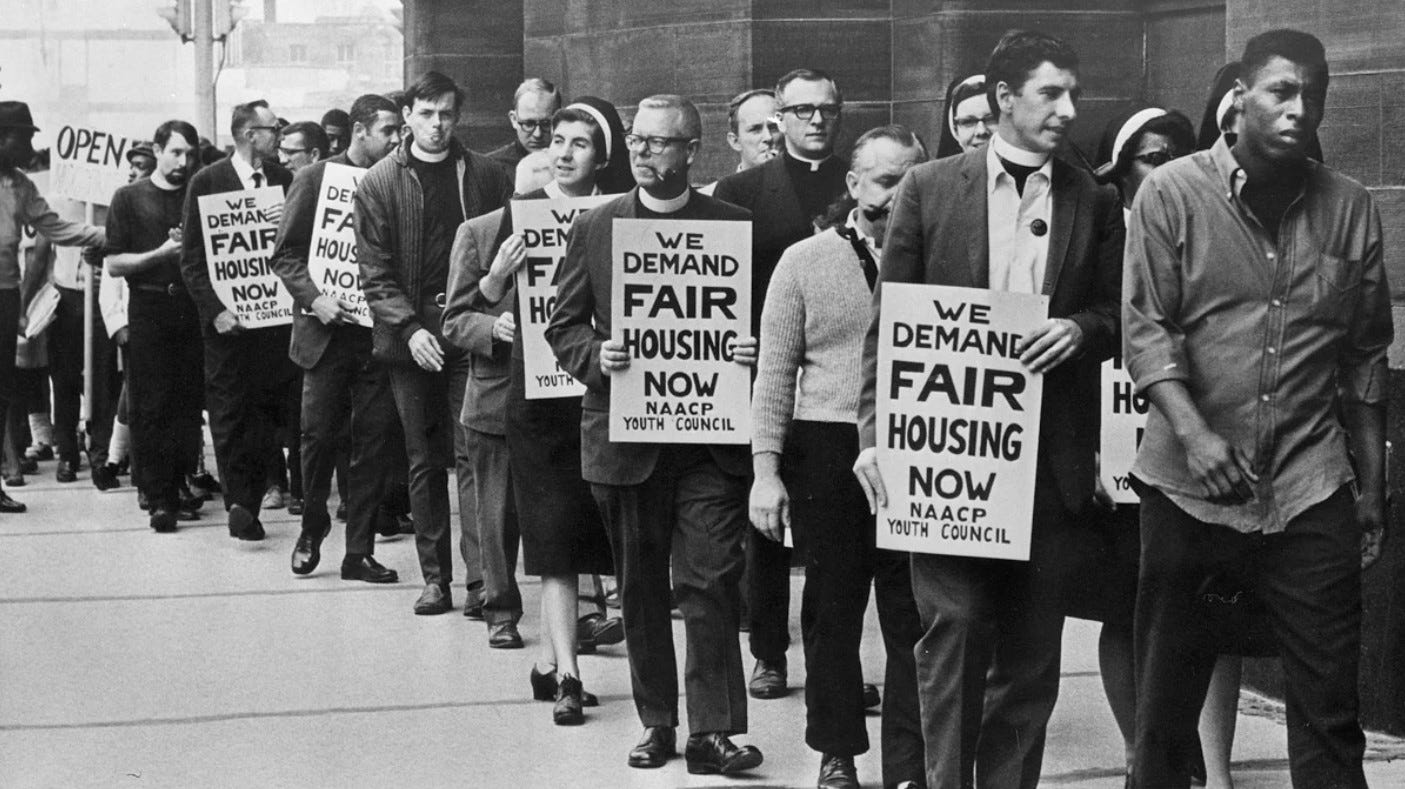
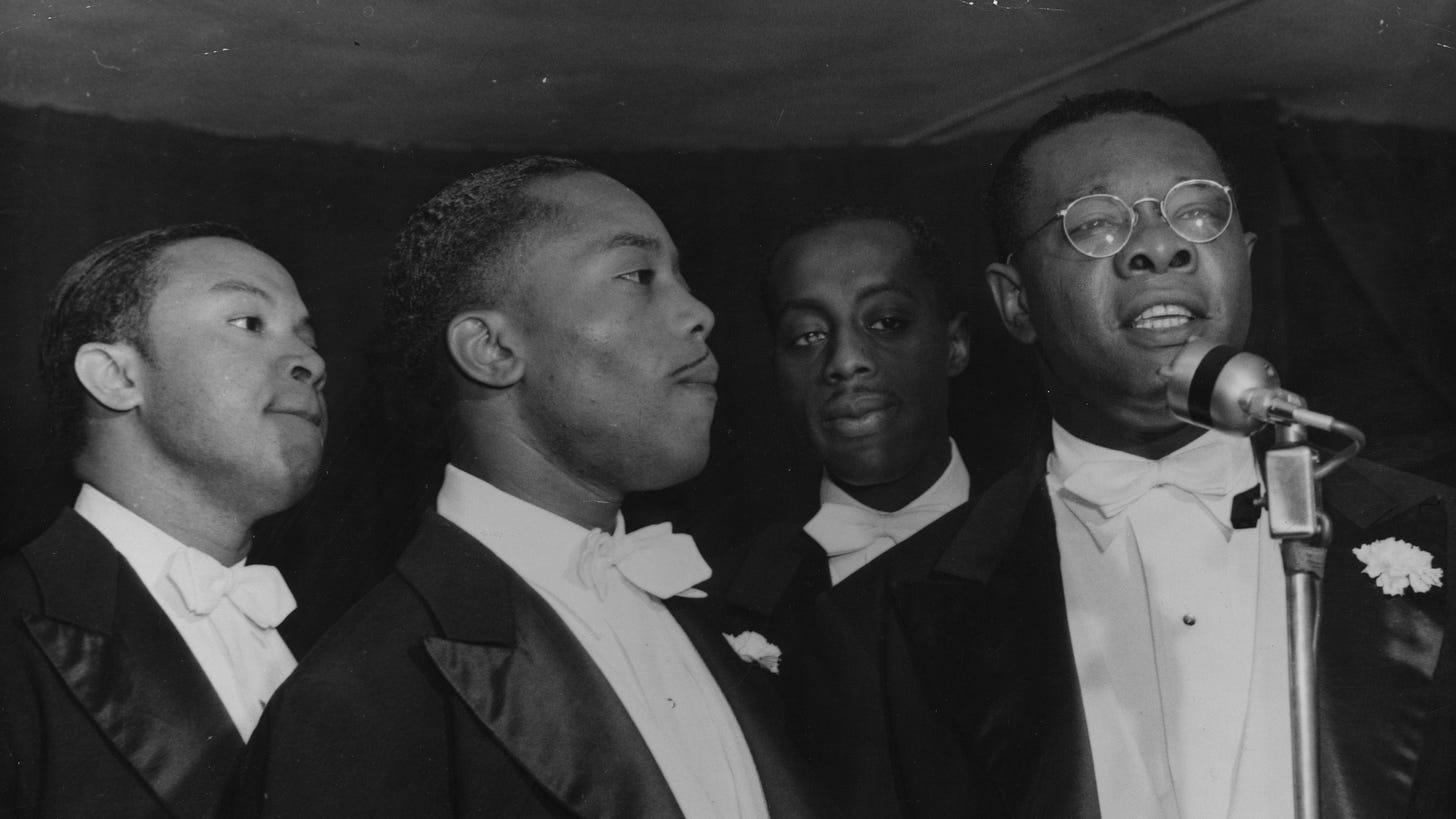
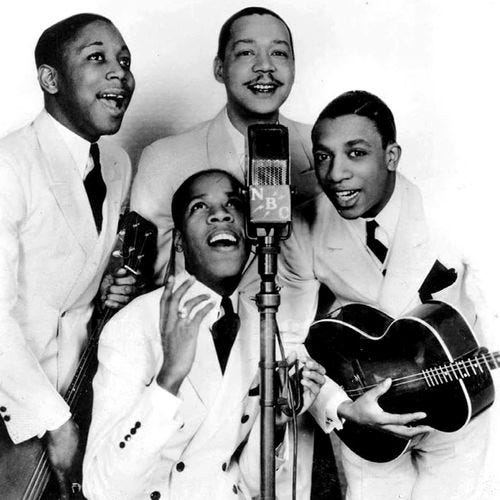

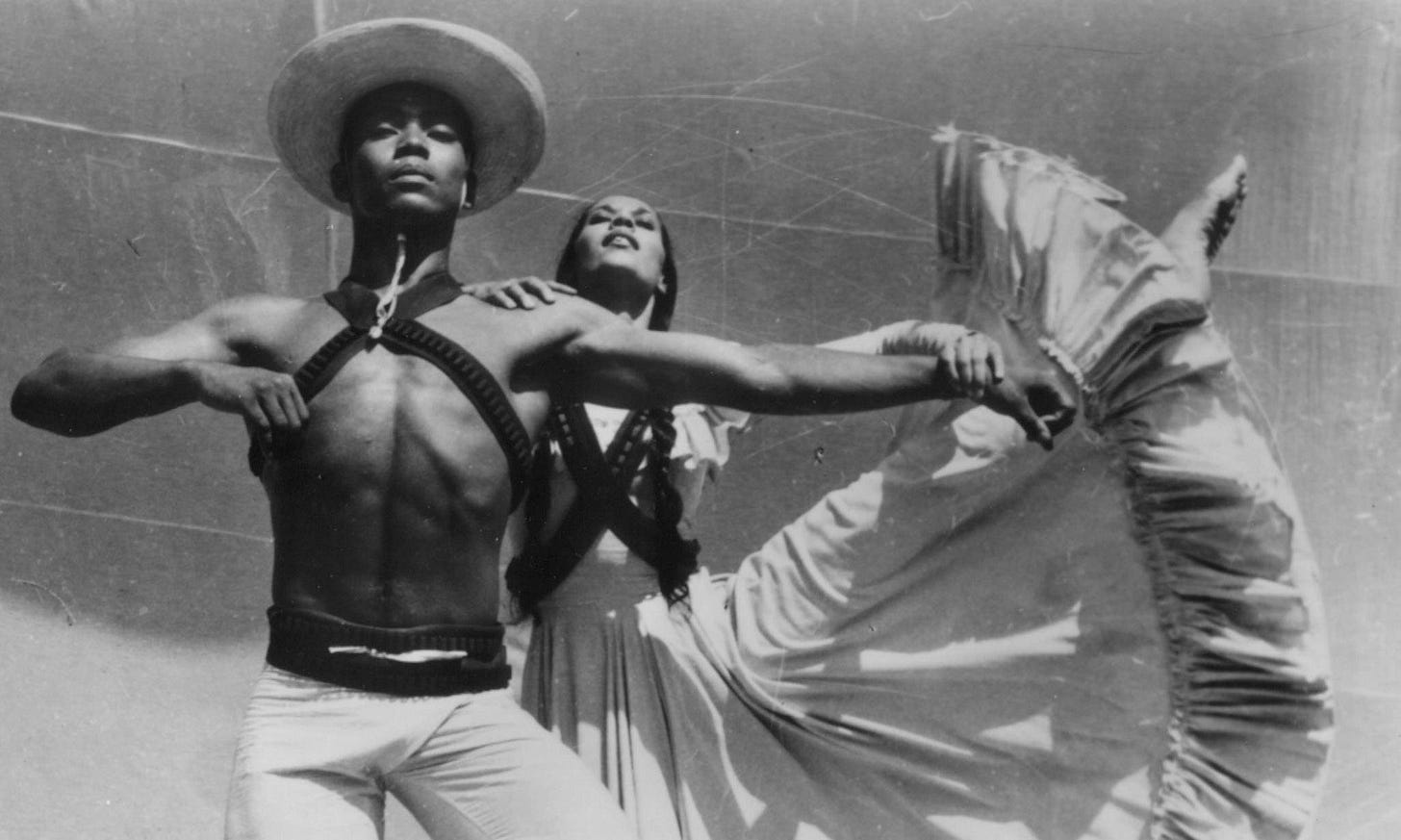

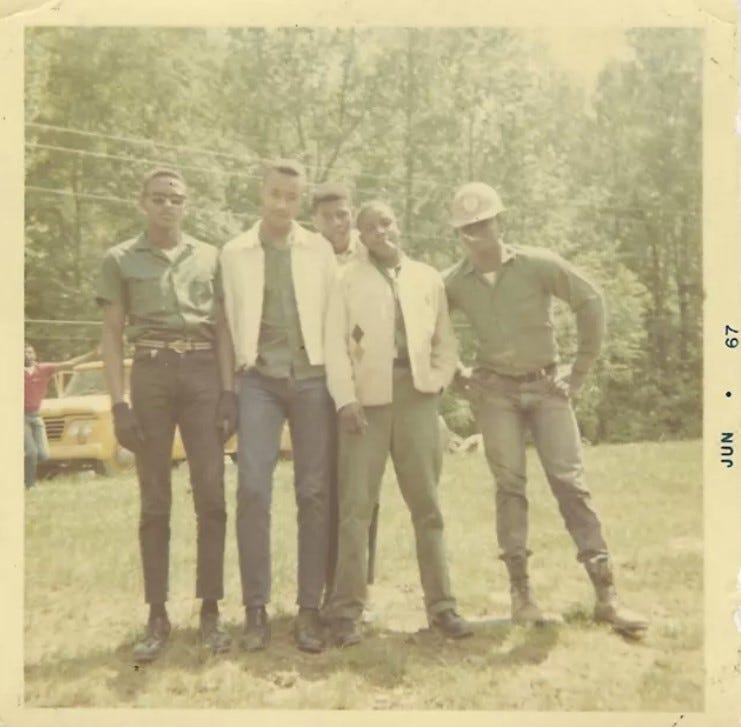

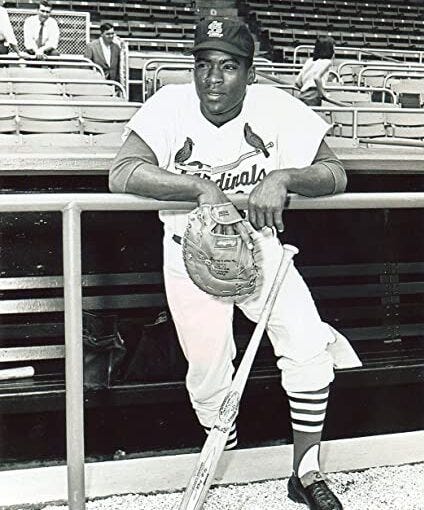

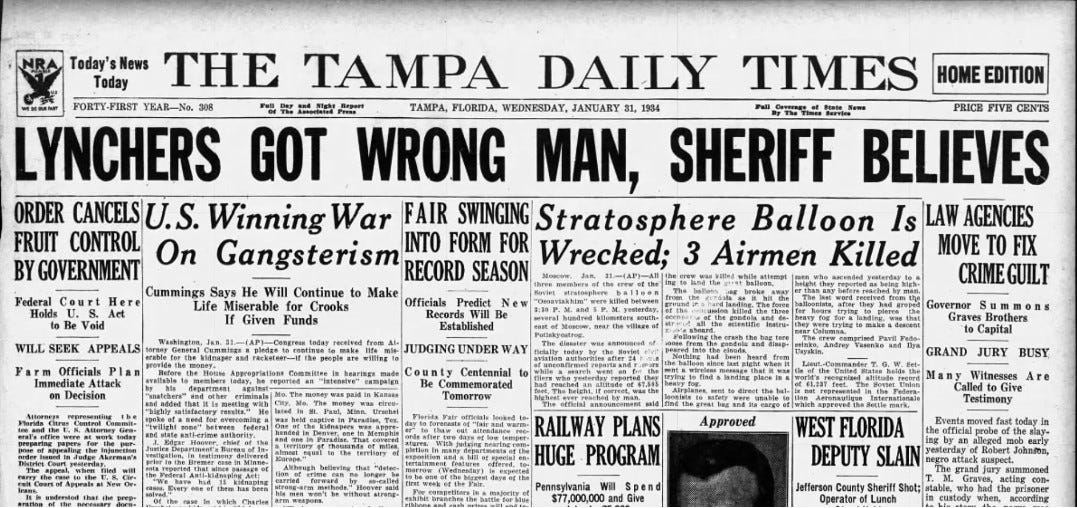
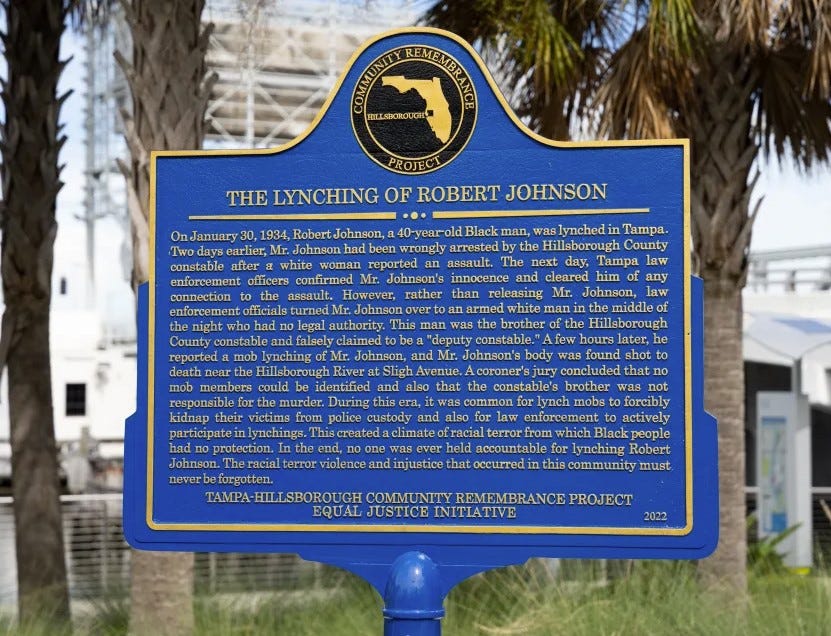
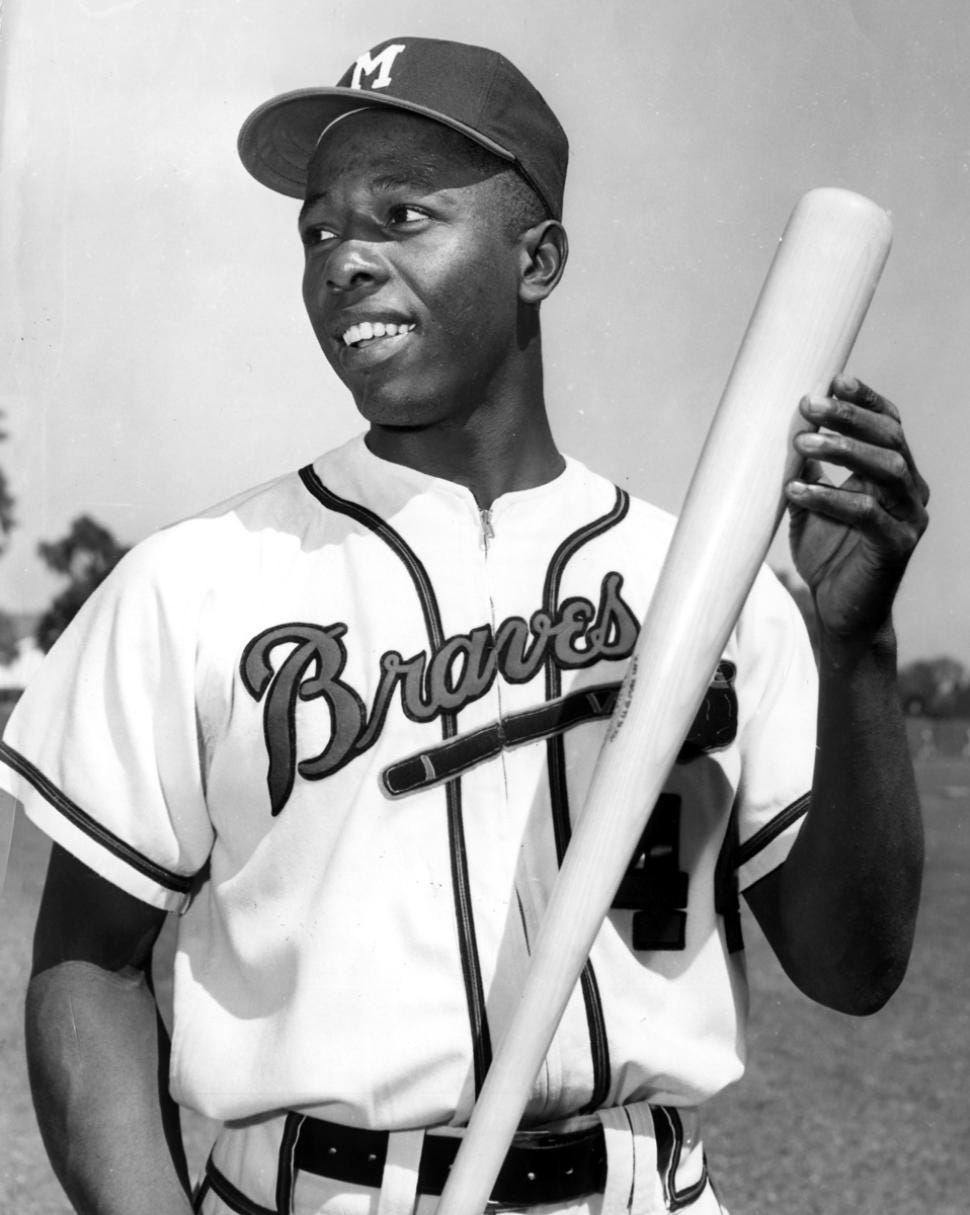
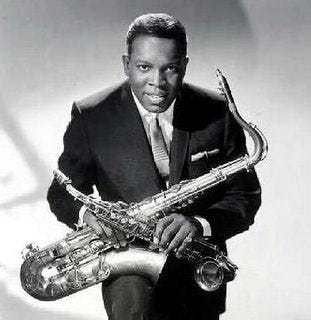
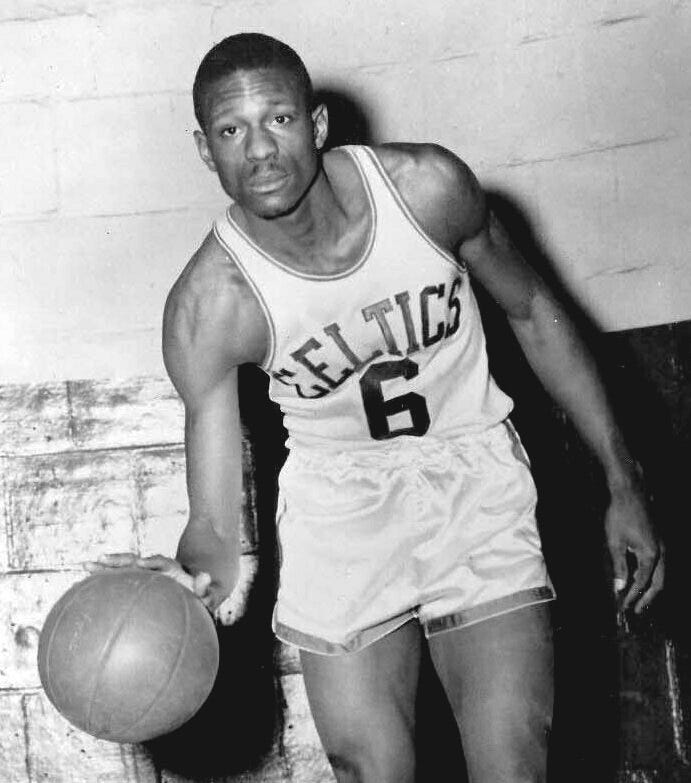



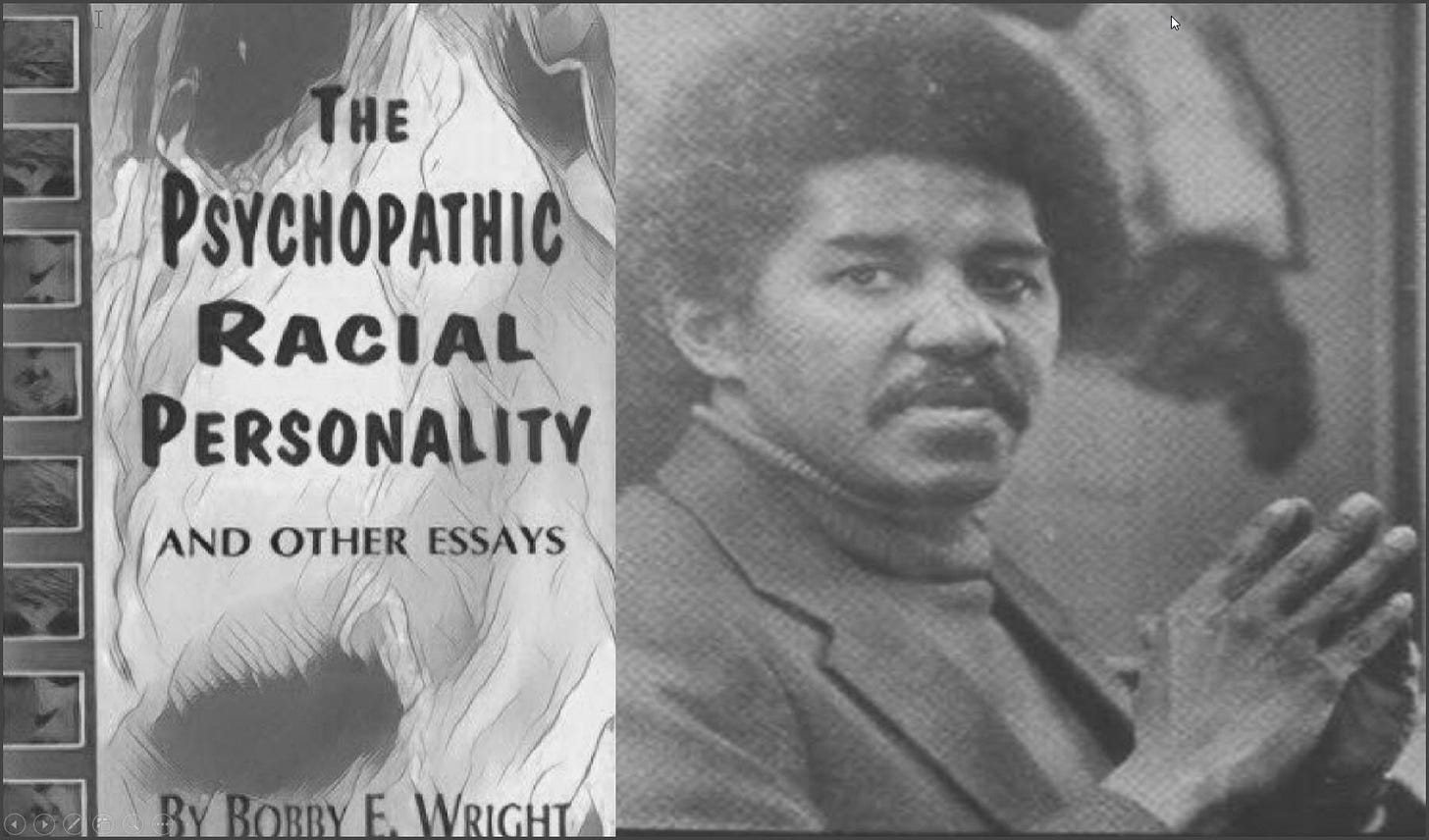

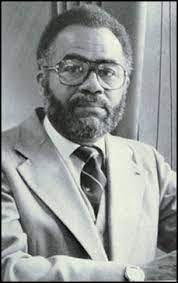

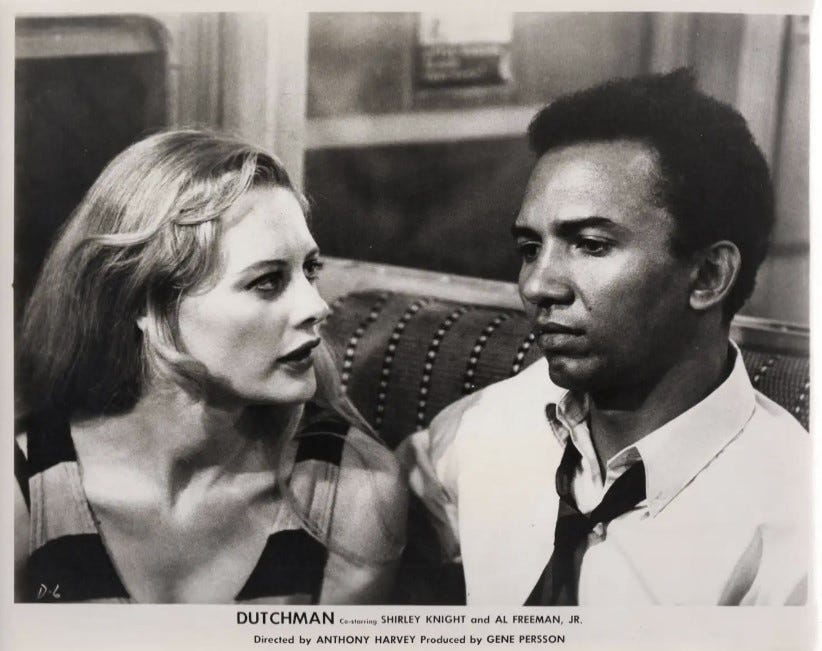
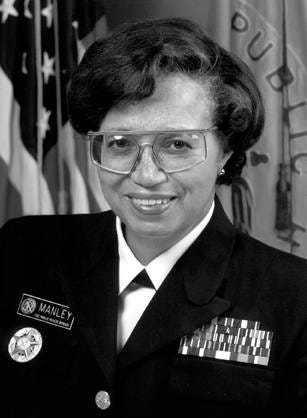
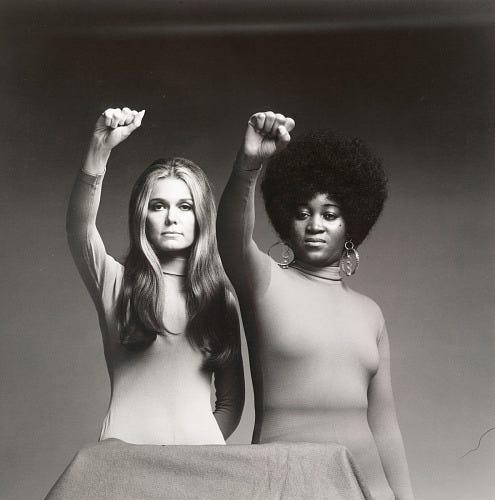
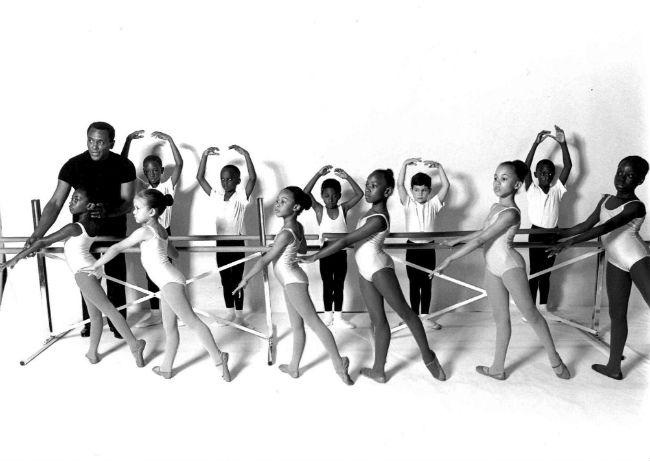
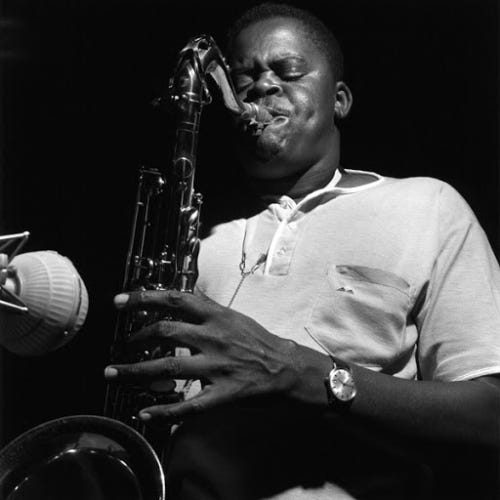
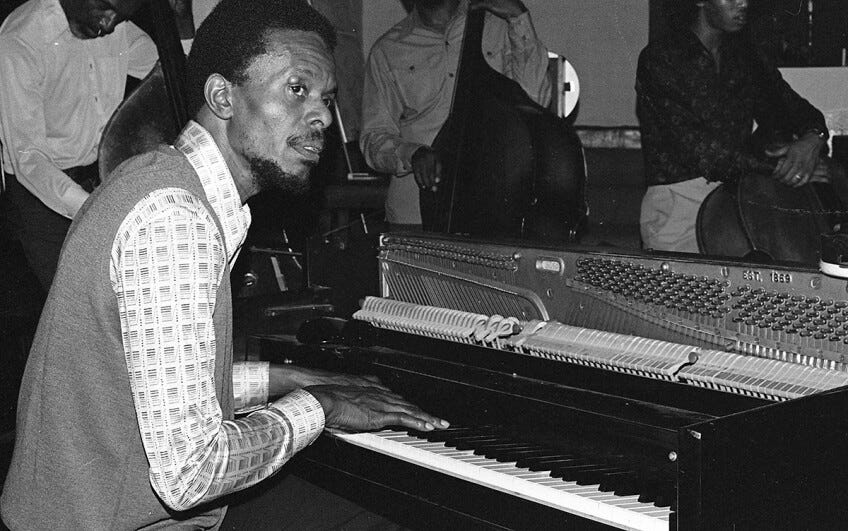


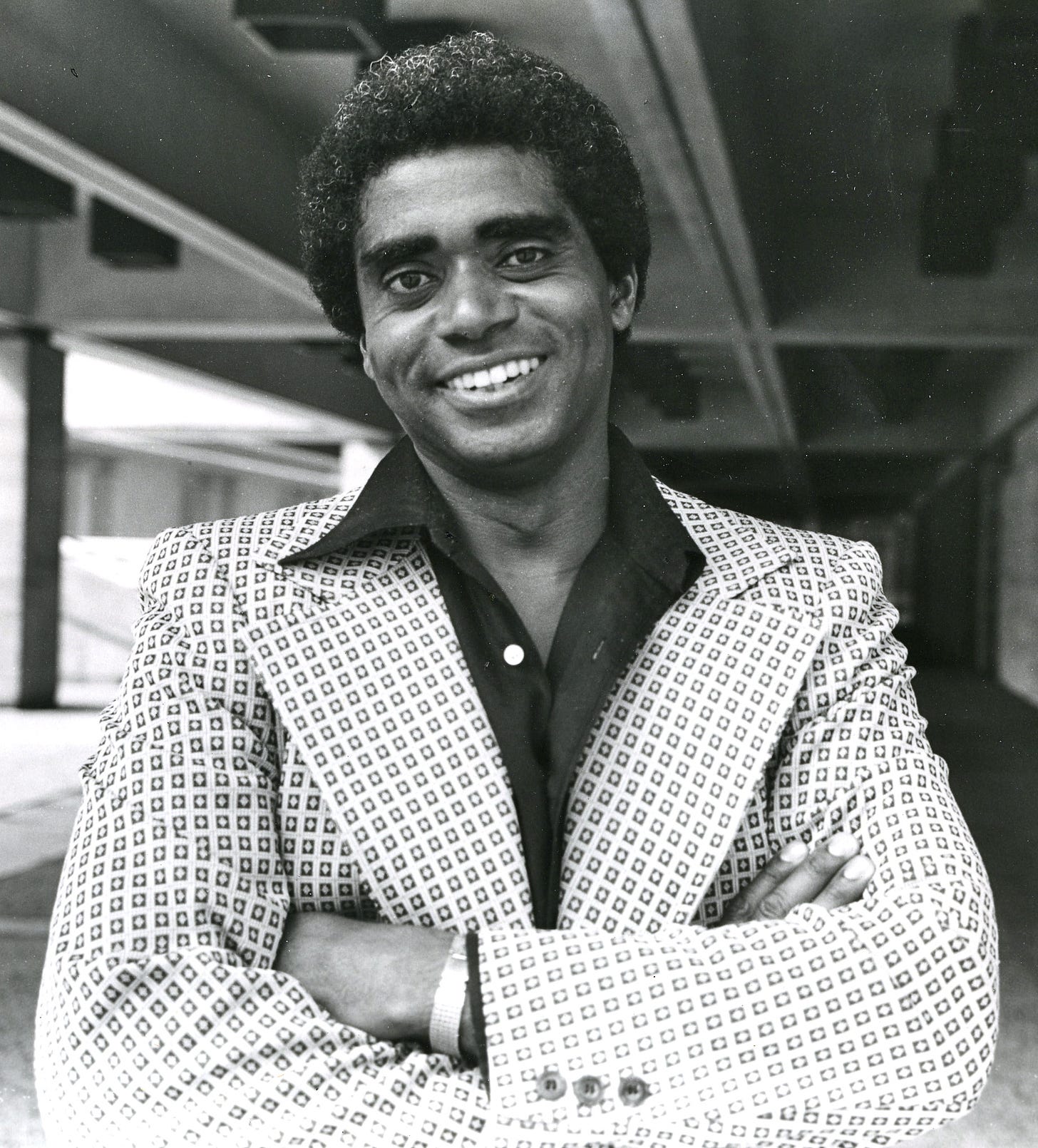

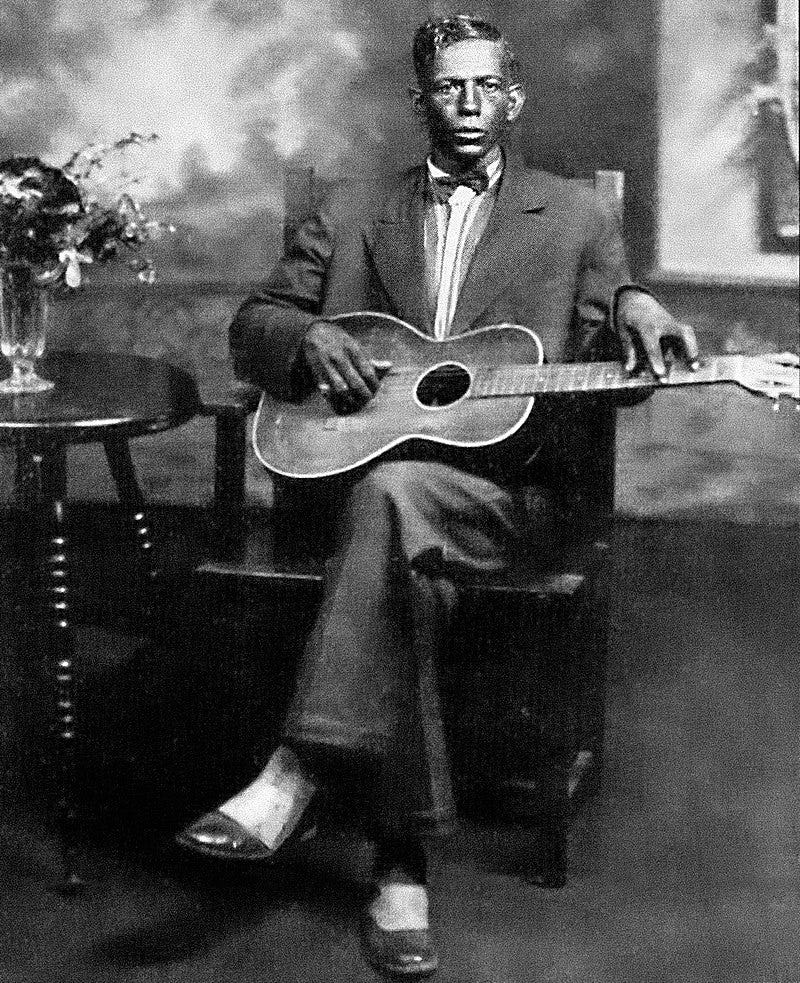
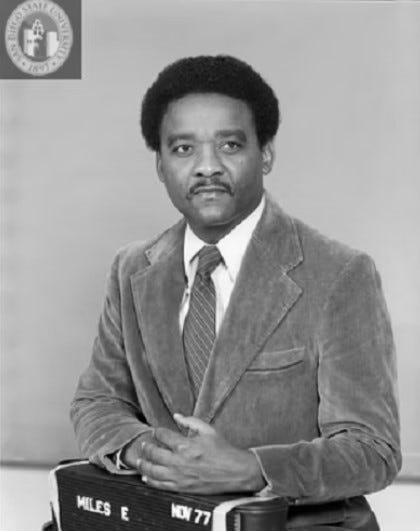


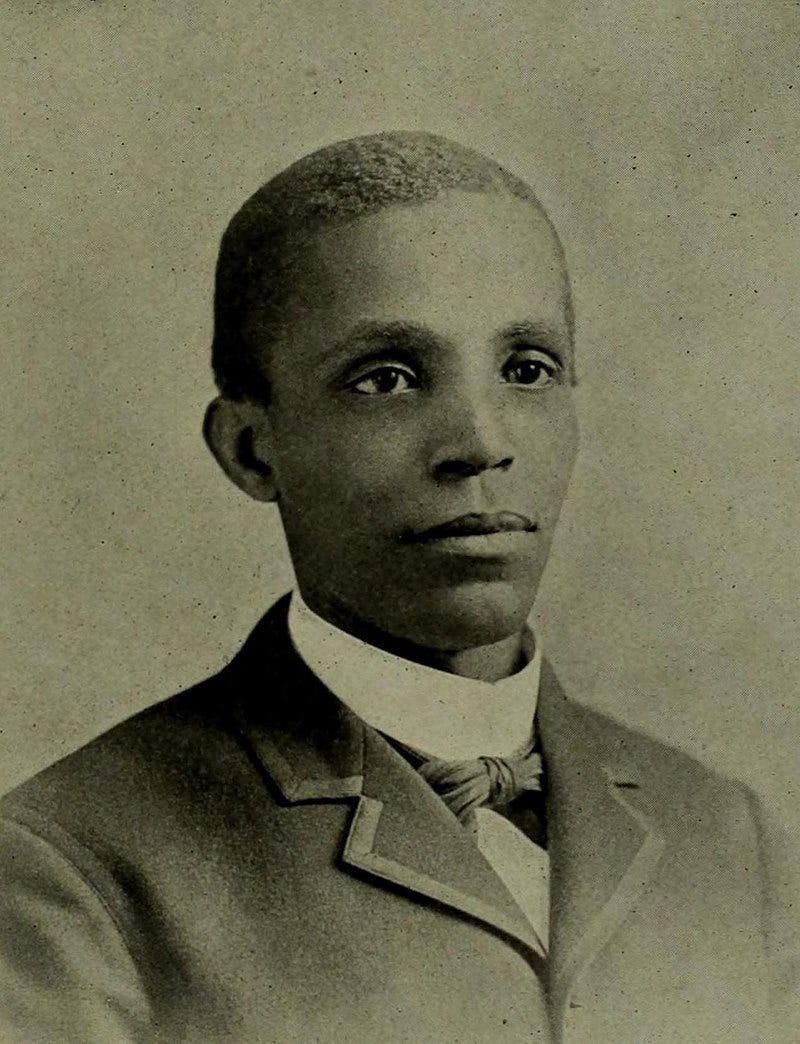

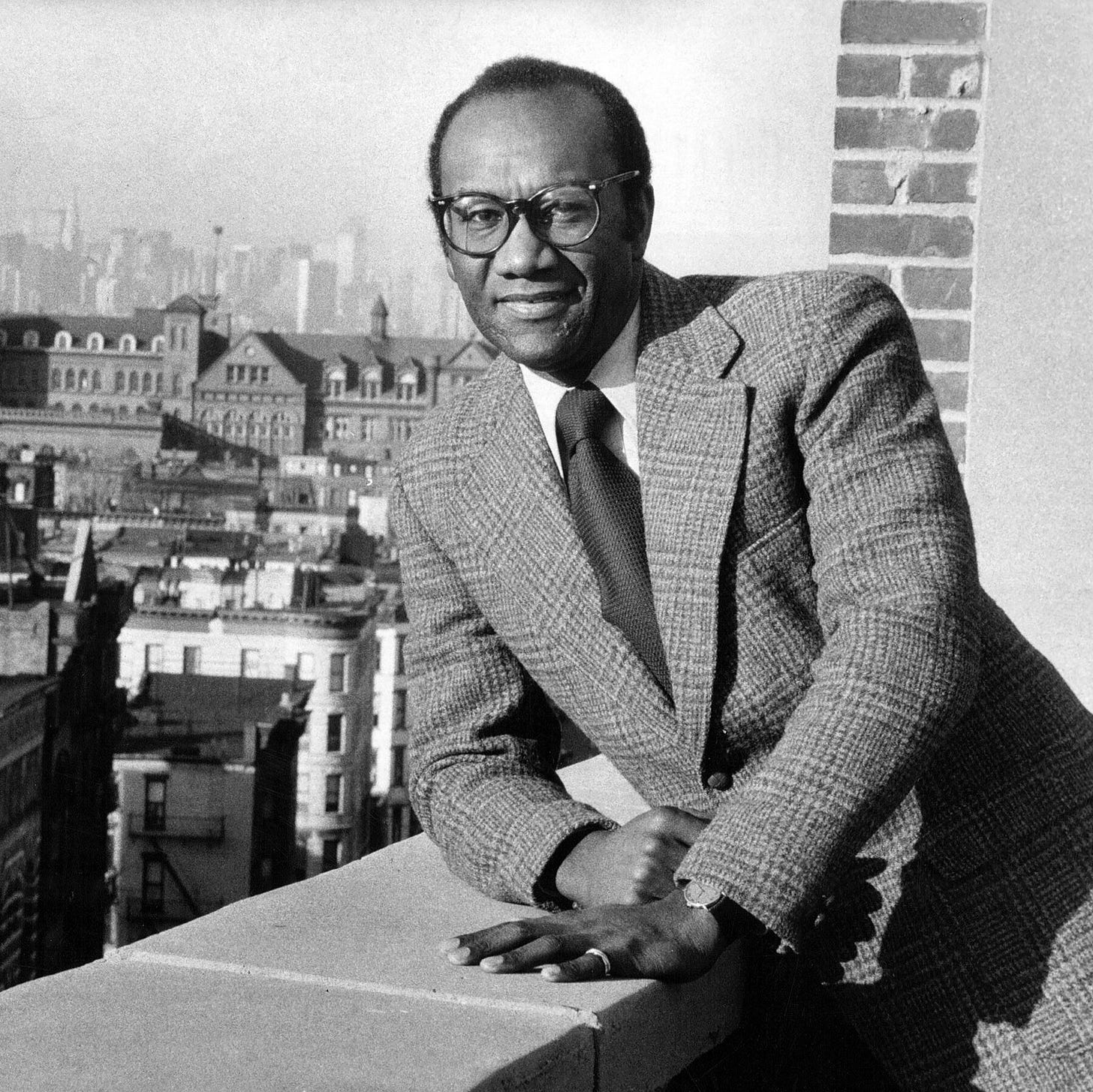
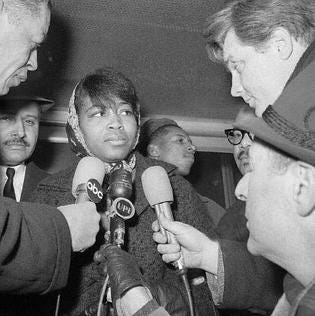
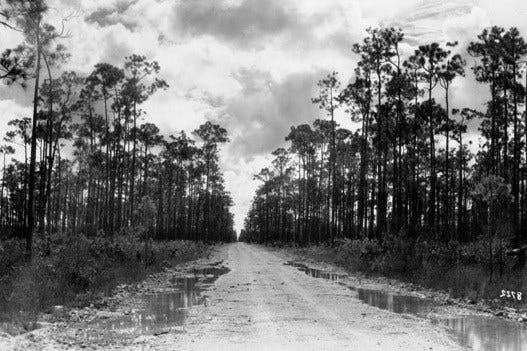
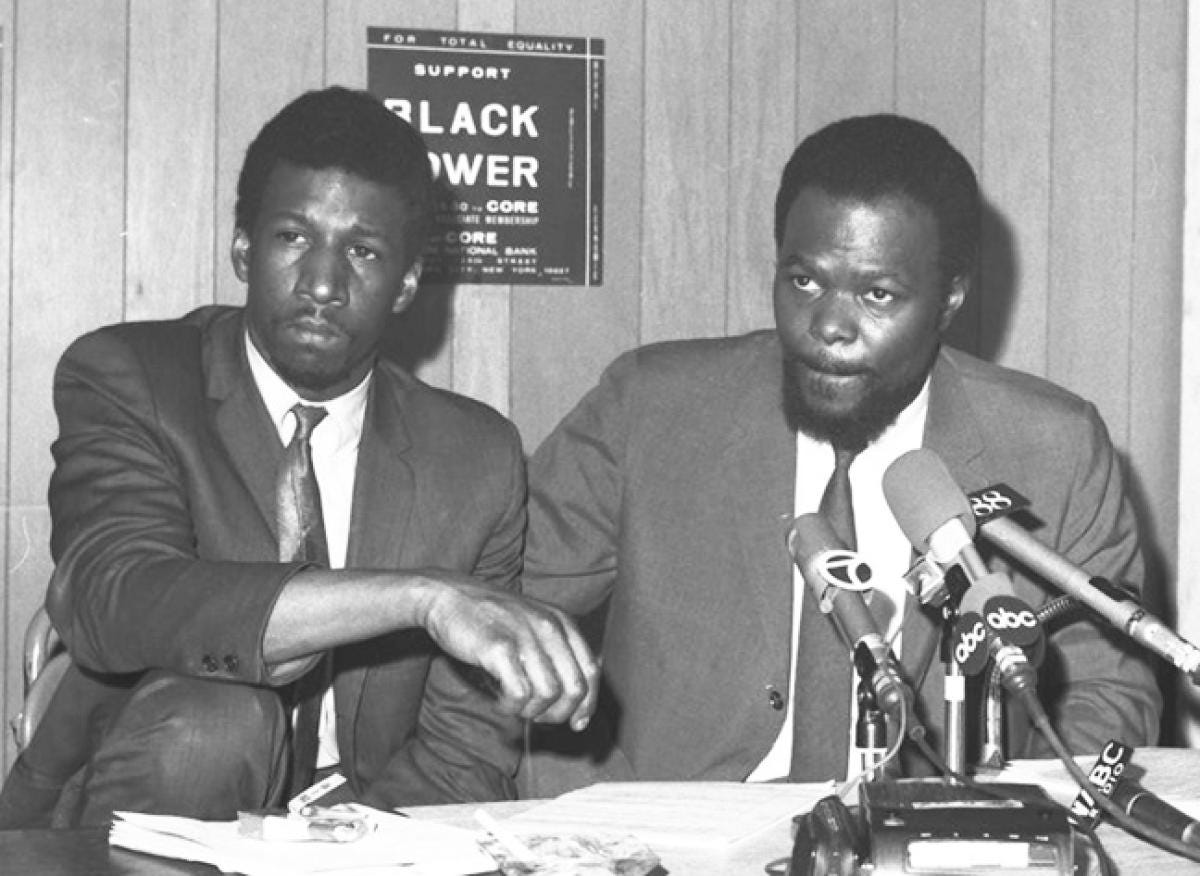

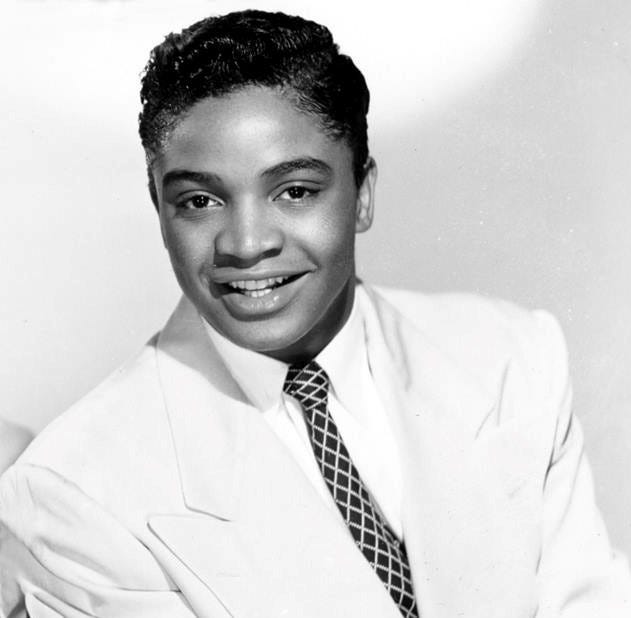

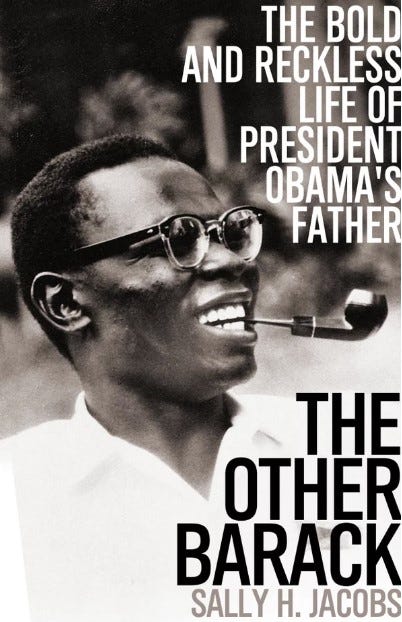
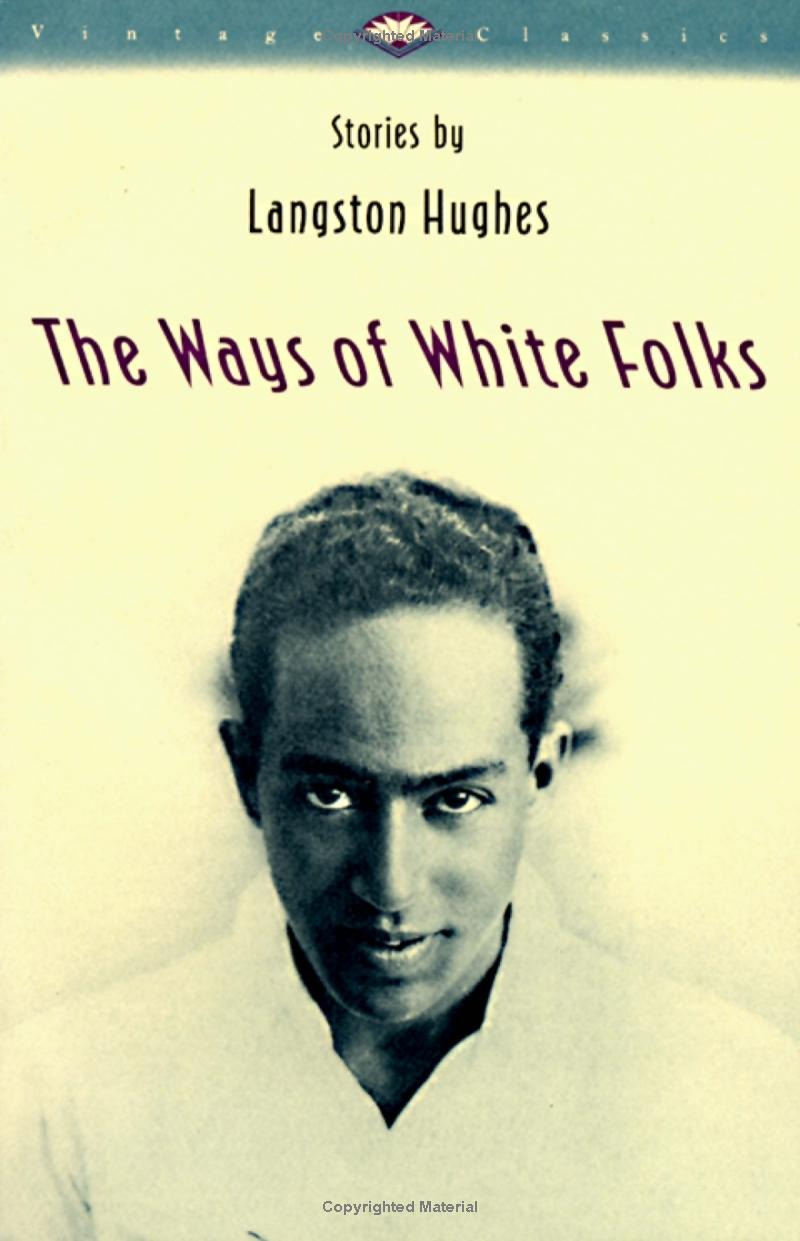
Horoscopes are fake.